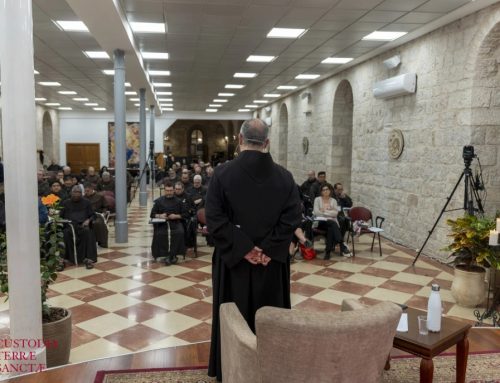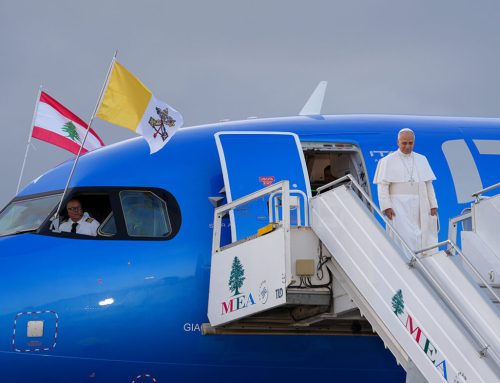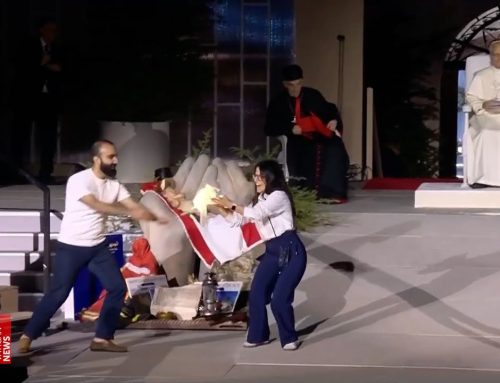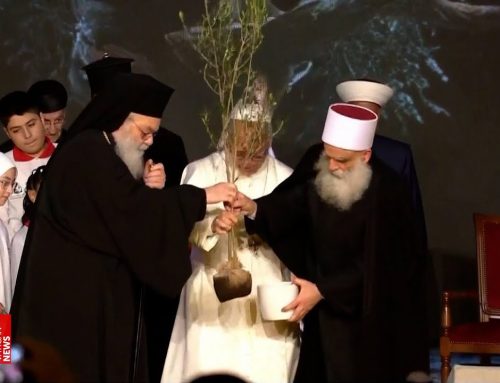This time of year, hundreds of millions of Christians in the West turn their attention to Bethlehem.
This time of year, hundreds of millions of Christians in the West turn their attention to Bethlehem. But what they think about is not the living, breathing and suffering Palestinian city that is real, but a Bethlehem that exists in their imagination.
This gap between American perceptions of Bethlehem and its reality came through quite vividly in two studies issued this week. The first was a survey of Bethlehemites conducted by the Palestinian Center for Research & Cultural Dialogue. This survey provided residents of the Biblical city the opportunity to report on the conditions of their lives and the difficulties they face. The second was a study of U.S. public opinion conducted by Zogby International (ZI). It examined what Americans know of Bethlehem and its people.
Most Americans, it turns out, don’t even know where Bethlehem is. Six in ten thought it was an Israeli city. The same number believed it was either a Jewish or a mixed Jewish-Muslim city. Only 15% correctly identified Bethlehem as a mixed Christian-Muslim city in the West Bank.
The U.S. survey further found that most Americans would like to visit Bethlehem, because of its historical and religious significance. They also believe that the city ought to be protected by UNESCO and declared a World Heritage Site. But because they have only have an imaginary idea of Bethlehem, what they want to visit or protect is a site of “sacred stones” – not a city of real people.
There is so very little appreciation for the real situation of Bethlehem’s people – and so little understanding of the hardships they have endured at the hands of a four decade long occupation. For example, Americans demonstrate no recognition of the devastating impact to Bethlehem created by Israel’s confiscation of the community’s land to construct settlements and the insidious wall that now cuts Bethlehem off from Arab Jerusalem, dividing families and economically strangling the city. (In fact, a plurality of Americans covered in the survey didn’t even know about the wall.) The loss of income and loss of hope, both caused by the settlements and the wall, have resulted in a mass emigration of Bethlehem’s population – further negatively impacting the character and quality of life of the biblical city. This too is not known in America.
This lack of recognition in the West for the plight of Bethlehem’s people is a metaphor for the entire Palestinian situation. When Americans think at all about the Israeli-Palestinian conflict, they do so through the prism of the Israeli narrative. They either do not see the Palestinian side of the story, or see a Palestine gutted of its human content.
In this context, Palestine becomes merely a “problem to be solved,” or an issue of terrorism to be stopped, or refugees to be resettled.
The result is that the Palestinian story, as told in the West, is never about real people struggling to survive, living as they do under the yoke of occupation. But the reality is that Bethlehem, like the rest of Palestine, is, in fact, populated by real people facing conditions of harsh foreign domination not unlike that experienced by the city’s inhabitants 2,000 years ago.
And so, it might be a good thing this Christmas to think about the real Bethlehem and the real people of Bethlehem, Christians (living there since the time of Jesus) and Muslims, the lives they live and what might be done to improve their lot. If we do, we might be able to join the heavenly hosts whom we are told greeted the birth of Jesus singing “peace on earth, goodwill to men,” and help bring some of each to the land of Palestine.





